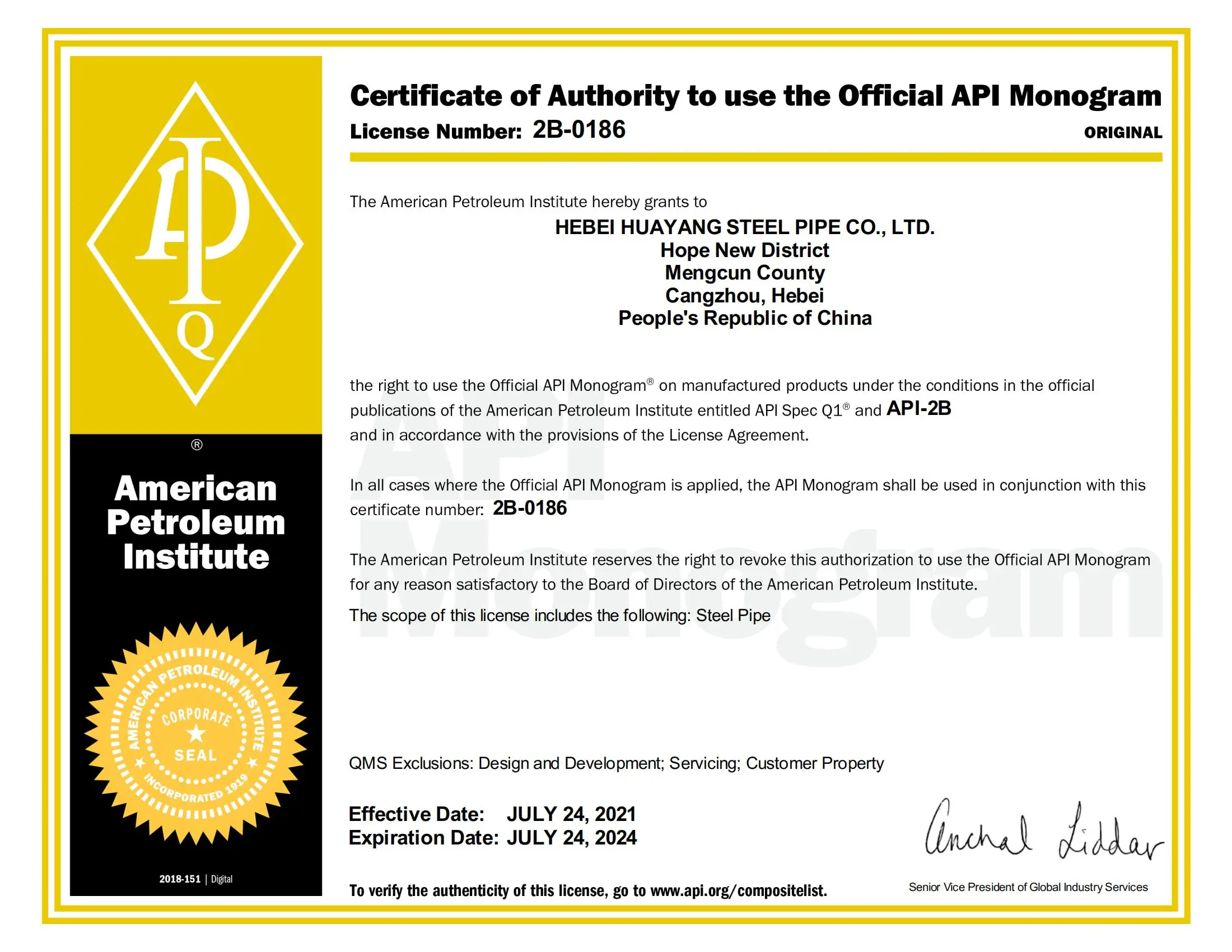
Nov . 13, 2024 13:33 Back to list
hydroxypropyl methyl cellulose cas number
Understanding Hydroxypropyl Methyl Cellulose (HPMC) Properties, Applications, and Safety
Hydroxypropyl Methyl Cellulose (HPMC) is a versatile and widely used cellulose ether, characterized by the substitution of hydroxyl and methoxy groups onto the cellulose backbone. This synthetic polymer is recognized by its CAS number 9004-65-3, and it plays a critical role in a variety of industries, including pharmaceuticals, food, construction, and personal care.
Properties of HPMC
HPMC is an off-white to white powder that is odorless and tasteless, making it an ideal ingredient for products that require a neutral profile. One of its most significant attributes is its solubility in water. When mixed with water, HPMC forms a viscous gel or solution, which can vary in thickness depending on the concentration and grade of the polymer. The gel-like consistency is a result of its ability to hydrate, leading to various rheological properties that can be tailored for specific applications.
HPMC is also noted for its thermal stability, biocompatibility, and non-toxicity, making it suitable for both food and pharmaceutical applications. Its film-forming capability enables it to create protective layers, which is particularly advantageous in the production of controlled-release drug formulations.
Applications of HPMC
1. Pharmaceutical Industry HPMC is extensively used in the pharmaceutical sector as a binder and coating agent in tablet formulations. It enhances the stability of the active ingredients and allows for controlled drug release, improving therapeutic efficacy. Additionally, HPMC is employed in the preparation of capsules and as a thickening agent in various liquid formulations.
hydroxypropyl methyl cellulose cas number

2. Food Industry In food applications, HPMC acts as a thickener, emulsifier, and stabilizer. It can improve the texture and mouthfeel of products such as sauces, dressings, and dairy items. HPMC is often used in gluten-free products to mimic the texture and elasticity typically provided by gluten, thereby enhancing the sensory qualities of food.
3. Construction Industry HPMC is incorporated into construction materials like tile adhesives, plasters, and wall paints. Its ability to improve workability, water retention, and adhesion makes it a vital component in construction applications, ensuring durability and strength in building materials.
4. Personal Care Products In cosmetics and personal care formulations, HPMC serves as a thickening and stabilizing agent. It is found in products such as lotions, shampoos, and gels, where it enhances texture and prevents ingredients from separating.
Safety and Regulatory Status
HPMC is generally regarded as safe (GRAS) for use in food products, according to the Food and Drug Administration (FDA) and the European Food Safety Authority (EFSA). Its non-toxic nature makes it a suitable choice for a wide range of applications. Nonetheless, as with any additive, it is essential for manufacturers to adhere to regulatory guidelines concerning concentration levels and purity.
Conclusion
Hydroxypropyl Methyl Cellulose is an essential polymer with diverse applications across various industries. Its unique properties, including solubility, thermal stability, and film-forming ability, make it a valuable ingredient in pharmaceuticals, food, construction, and personal care. As research and development continue to advance, HPMC's role is likely to expand, reflecting the ongoing innovations in ingredient formulation and application. Understanding its properties and functions can help industries harness the full potential of this remarkable cellulose derivative.
-
Versatile Hpmc Uses in Different Industries
NewsJun.19,2025
-
Redispersible Powder's Role in Enhancing Durability of Construction Products
NewsJun.19,2025
-
Hydroxyethyl Cellulose Applications Driving Green Industrial Processes
NewsJun.19,2025
-
Exploring Different Redispersible Polymer Powder
NewsJun.19,2025
-
Choosing the Right Mortar Bonding Agent
NewsJun.19,2025
-
Applications and Significance of China Hpmc in Modern Industries
NewsJun.19,2025







